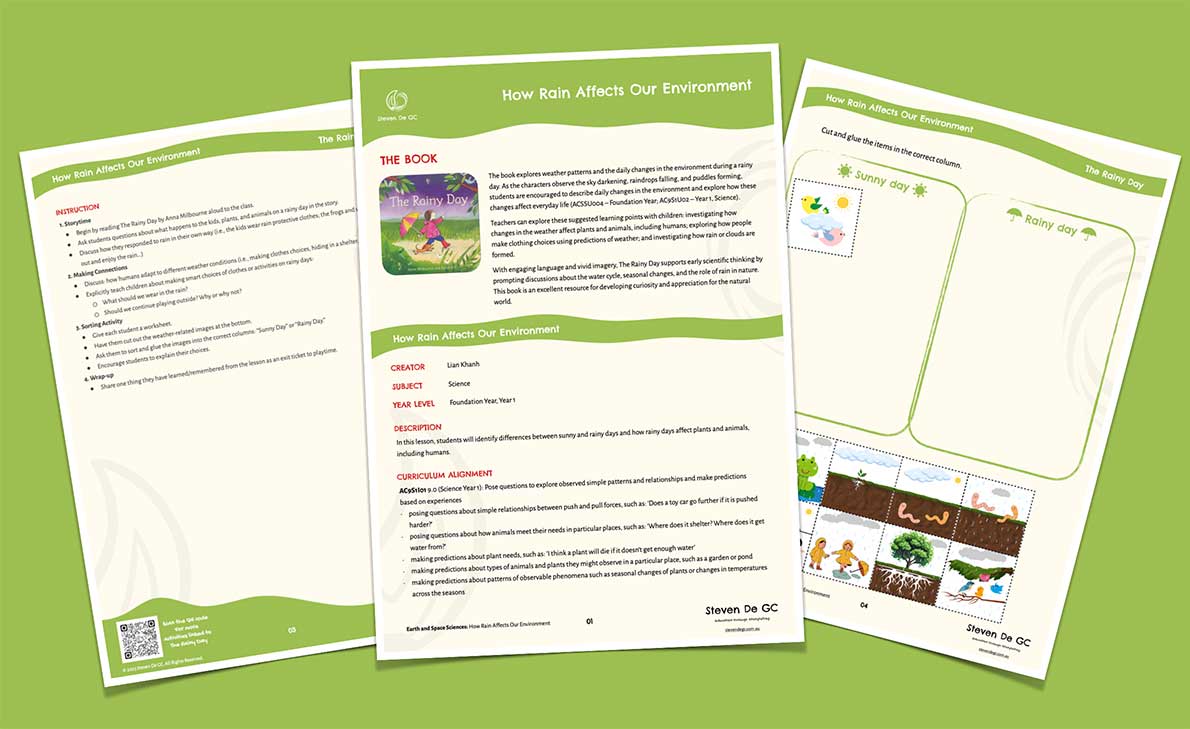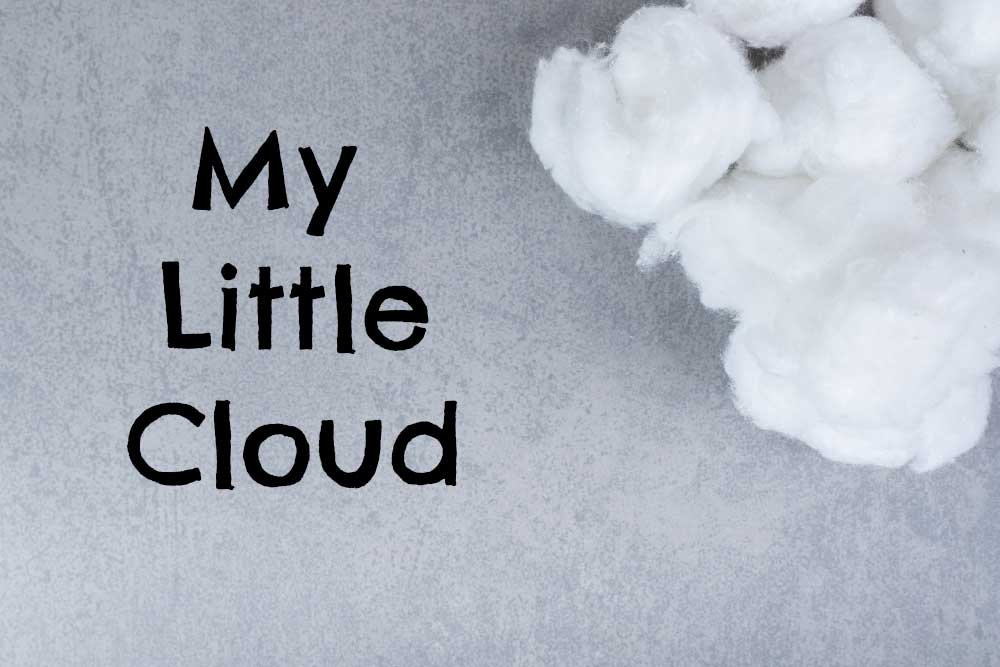$5 Off First Order + 5% Off After
Become a free registered member and get access to exclusive discounts, resources, and a community of like-minded educators.
Not sure yet? See what you’ll get: Member benefits
AC9S1I01
Pose questions to explore observed simple patterns and relationships and make predictions based on experiences
Elaborations
• posing questions about simple relationships between push and pull forces, such as: ‘Does a toy car go further if it is pushed harder?’
• posing questions about how animals meet their needs in particular places, such as: ‘Where does it shelter? Where does it get water from?’
• making predictions about plant needs, such as: ‘I think a plant will die if it doesn’t get enough water’
• making predictions about types of animals and plants they might observe in a particular place, such as a garden or pond
• making predictions about patterns of observable phenomena such as seasonal changes of plants or changes in temperatures across the seasons
-
How Rain Affects Our Environment
📔 The Rainy Day by Anna Milbourne• We are learning how rainy weather affects plants, animals, and people.
-
Little Cloud Adventure
📔 Little Cloud by Eric Carle• We are learning to observe how clouds change shape and move in the sky.




